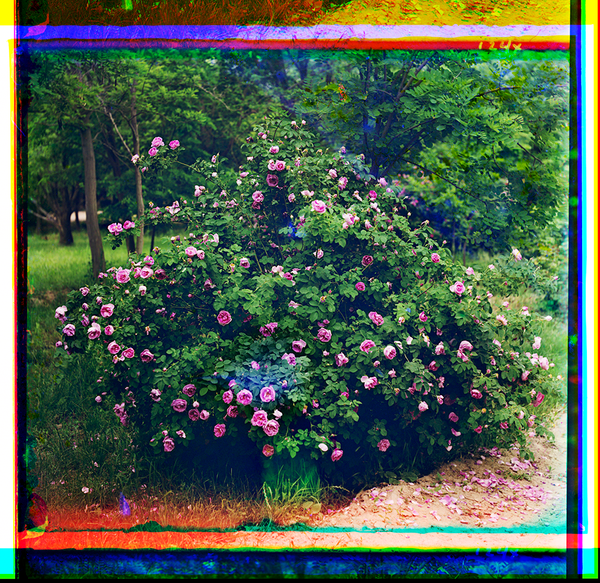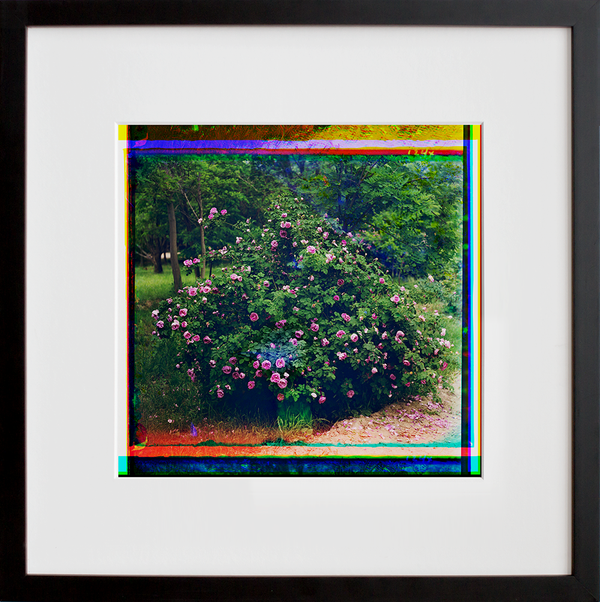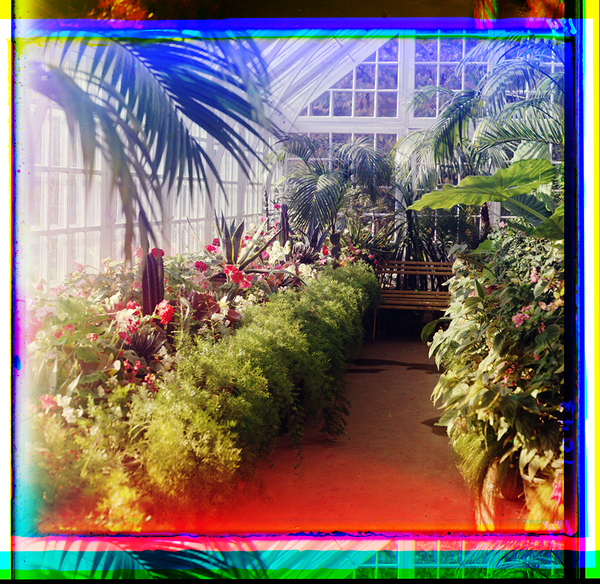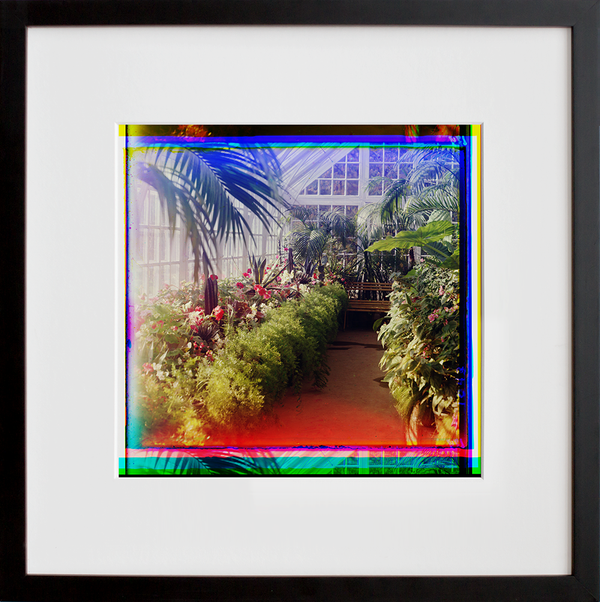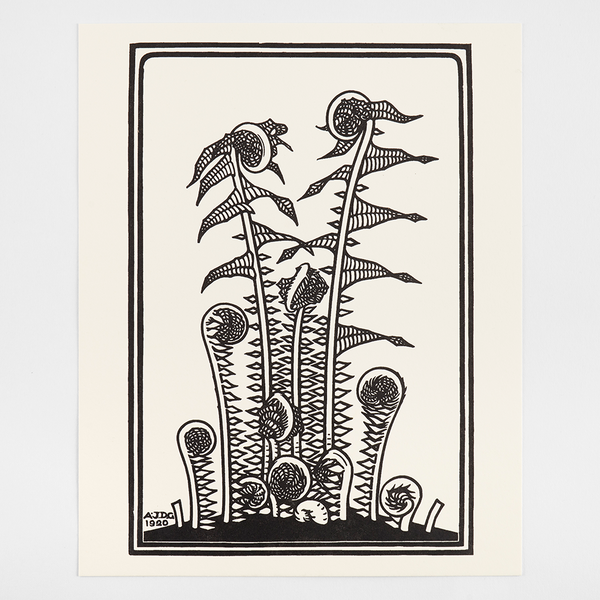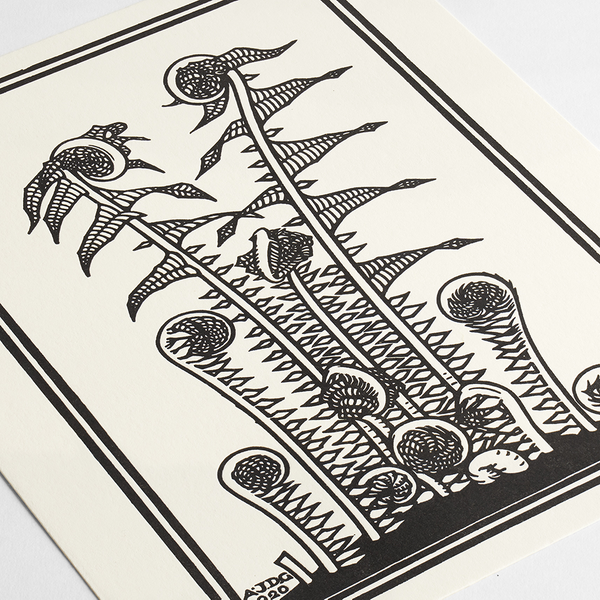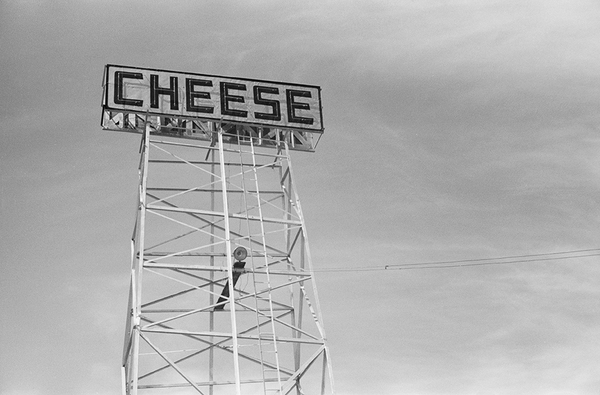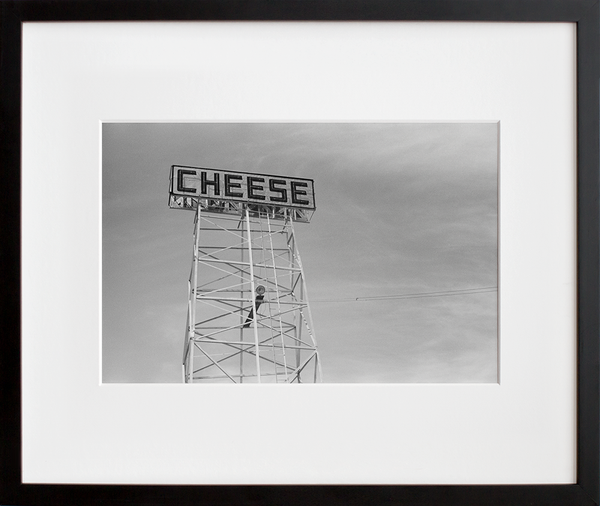
Frida Kahlo standing next to an agave plant by Toni Frissell
8"x8" ($24) | 11"x11" ($60) | 16"x16" ($240) | 20"x20" ($600)
Collect this edition
Women’s History Month wraps at the end of this week, and as promised we’ve packed the past month with releases and contributions from a mélange of majorly talented female-identifying folks. (Nothing new around these parts!) We prefer to celebrate women every dang day of the year, but for the last release of March we wanted to roll out something special. This new Vintage Edition has a sort of superstar synchronicity, with the power couple pairing of two incredible iconoclasts in the art world, both of whom happen to be women: Toni Frissell and Frida Kahlo.Frissell loved an unorthodox angle, and her use of a low point of view in Frida Kahlo standing next to an agave plant gives her subject a bold, dramatic edge. Kahlo appears almost monumental in stature, a figure of fortitude and divinity, grace and guts. She raises her shawl like a wing and gazes directly into the camera. Her expression is enigmatic, but her beautiful brow furrows subtly in concentration—or is that confrontation? Her mouth rests, lips closed, in a mysterious mid-point. Kahlo’s specific state of mind is hard to decipher, but there’s nothing ambivalent about the impression she makes in this image. She seems unshakable, idiosyncratic, complex, heavy with history, and capable of surviving against all odds. The huge agave plant behind her echoes this adaptive tenacity. It is exquisitely unusual, hearty, drought-resistant, made to master its arid environment. Its leaves are studded with sharp spikes to ward off predators. It is armed and unabashedly itself. Surely Frissell considered the correlation when she photographed Kahlo in the fore.
Frissell captured this image in 1937 on assignment for Vogue magazine. Frida Kahlo standing next to an agave plant is actually an outtake—a brief, remarkable moment from a shoot accompanying an editorial feature and interview called “Señoras of Mexico”. Written by Alice-Leone Moats, the article hasn’t exactly aged well. (Though it may have been relatively forward-thinking for the time, it kicks off with this cringe-y observation: “Not all Mexicans are picturesque Indians in big straw hats. There is actually a group of what, for want of a pleasing term, must be called ‘society’.”) Frissell’s photography, on the other hand, conveys Kahlo’s strength, poise, and poeticism.
Interestingly, the two artists shared some similar philosophies, and there are a few parallels in their lives. As far as their personal histories are concerned, both Kahlo and Frissell were born into privileged families. Both felt the influence of the culture of privilege and resisted that influence in their work, using their respective art forms to explore humanity in relation to privilege and non-privilege, build a life beyond their upbringing, and shape a political identity. Frissell broke out of the traditional studio setting, endeavoring to document women outside in action, engaged with real-life surroundings in an almost cinematic style. Kahlo took a highly personal approach to her art, contending with questions gender, class, race, and post-colonialism in the process. She established herself as a proud mestiza artist known for incorporating Mexican folk culture into her artworks, and famously juxtaposing traditional Mexican and modern Western fashion.
Frissell and Kahlo’s coming together would result in some of the most famous and recognizable photographs of Kahlo—the two artists' unconventional styles complimented each other in ways that made for indelible images. But even in the larger body of the Vogue shoot, Frida Kahlo standing next to an agave plant particularly proves the unmatchable pair, staying true to so much of what made these two artistic forces inimitable.




